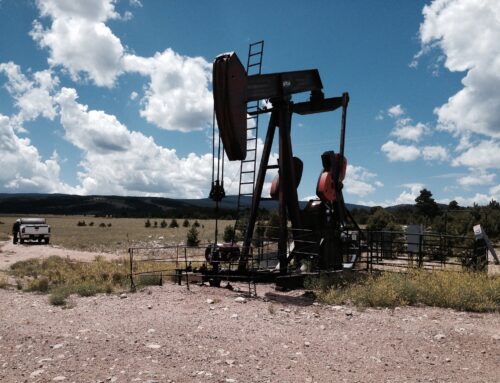The U.S. Department of Agriculture’s Forest Service (USFS) manages 193 million acres of public forests and grasslands collectively known as the National Forest System. The Tongass National Forest in southeastern Alaska is the largest national forest in the United States at 16.9 million acres, roughly the size of West Virginia. The USFS has a long history of mismanaging money in the Tongass, spending $139.1 million from 2008-2013 to conduct timber sales in the Tongass and receiving only $8.6 million in proceeds from these sales, a net loss to taxpayers of $130.5 million.
Despite calls to end these money-losing timber sales, the USFS issued a Record of Decision for the Big Thorne Timber Project in 2013, which would allow for the harvest of 148.9 million board feet (mmbf) over a 10-year period from approximately 6,186 acres of old-growth and 2,299 acres of young-growth timber in the Tongass. This one sale would roughly equal the total amount of timber sold in all Tongass sales from 2008-2012. Even without any legal wrangling, the USFS estimates a net loss of $13.1 million from the sale, which is problematic enough, but our guess is that taxpayer losses will be almost ten times this amount. Between 2008 and 2012, the USFS sold 145.4 mmbf of timber in the Tongass at a loss of $108.7 million dollars. Based on our analysis of expenditures and receipts reported by the USFS for past timber projects, a more accurate estimate of losses for the Big Thorne sale would be at least $110 million.
Nor is this pattern of USFS money-losing timber sales unique to the Tongass. The National Forest System is made up of 9 regions, all of which lose money on timber sales, with a total loss from the entire forest system of $2.8 billion from 2008-2014. In the Pacific Northwest region, USFS lost $79 million on average per year during that period; in the Pacific Southwest region – $63 million on average per year. The “top performing” Southern region annually lost only $28 million on average during the period.
Meanwhile, the USFS projects “U.S. timber demands and timber prices are not projected to increase without substantial increases in wood energy consumption.” And this is unlikely to happen, as the USFS also states that “commercial production of biofuels or energy from wood is currently prohibitive at such high timber prices. Technology capable of profitably transforming such high-priced timber or biomass into commercially viable forms of energy has yet to be demonstrated.”
It’s time to stop the excessive taxpayer losses the USFS continually incurs from grossly underestimating the cost of timber projects. Instead of making the same mistake over and over, the USFS should look at previous sales as a guide to estimate the true costs of these sales. To borrow from Smokey the Bear: only Congress can prevent money losing timber sales.










